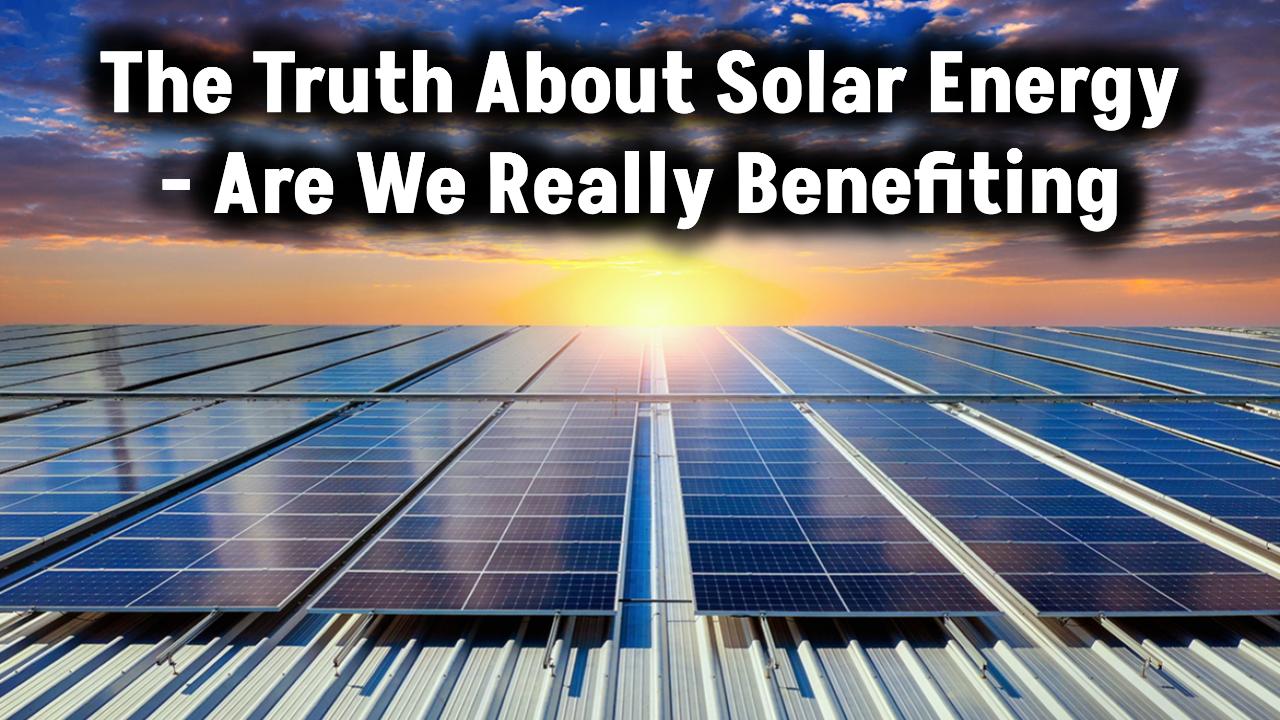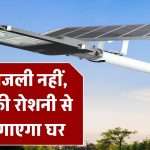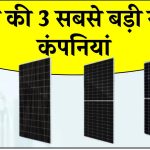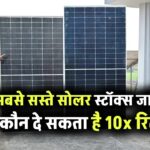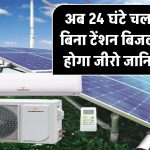
In an era of rising energy prices, unreliable power grids, and growing environmental concerns, more individuals and communities are considering the leap to off-grid living. The ability to produce your own power, store it, and manage it independently is no longer a pipe dream. Thanks to emerging technologies and sustainable innovations, going off-grid is now more practical—and empowering—than ever before.
Going off-grid? These 15 innovative energy solutions are game changers that can turn your home, cabin, or community into a model of energy independence. Whether you’re seeking freedom from utility bills or aiming for a sustainable lifestyle, these solutions offer practical, scalable options.
Also Check: The Future Is Here: Why Hybrid Solar Heat Pumps Will Dominate Home Energy
Why Go Off-Grid?
Living off the grid means not relying on a central power grid for electricity. Instead, you generate your own energy from renewable resources like the sun, wind, or water. For many, the appeal is twofold:
- Energy Independence: You’re no longer vulnerable to blackouts, rising utility costs, or grid failures.
- Sustainability: Off-grid systems dramatically reduce your carbon footprint and environmental impact.
According to the International Energy Agency, more than 1 billion people globally lack access to reliable electricity. Off-grid solutions provide a pathway to energy access, especially in rural or remote areas (source).
The 15 Game-Changing Off-Grid Energy Solutions
1. Solar Photovoltaic (PV) Systems
Solar panels convert sunlight directly into electricity. A staple in off-grid setups, they’re cost-effective, reliable, and require low maintenance.
- Best for: Homes with direct sun exposure
- Cost: ~$1.00–$2.50 per watt installed
2. Wind Turbines
Wind energy is perfect for areas with consistent wind patterns. Small wind turbines can supplement solar energy or serve as a primary power source in windy regions.
- Output: 400W–10kW systems
- Consider: Height, zoning regulations, and maintenance
3. Micro-Hydro Power Systems
If you live near a flowing water source, micro-hydro systems offer continuous, stable energy 24/7.
- Efficiency: Up to 90%
- Challenge: Requires a stream or river with a decent drop (head)
4. Biogas Digesters
Turn organic waste into usable methane gas for cooking, heating, or electricity generation. A great fit for farms or rural homes.
- Inputs: Manure, food waste
- Byproduct: Nutrient-rich fertilizer
5. Hydrogen Fuel Cells
These systems use hydrogen and oxygen to produce electricity, with water as the only byproduct.
- Clean and efficient
- Emerging market: Costs are dropping with R&D
6. Battery Energy Storage Systems
Store excess energy from solar, wind, or hydro for use at night or during bad weather.
- Popular options: Lithium-ion, flow batteries, lead-acid
- Example: Tesla Powerwall, EcoFlow Delta
7. Thermal Energy Storage
Stores excess heat during the day for use at night. Great for space heating and hot water.
- Solution: Insulated tanks, molten salt, or phase change materials
8. Hybrid Renewable Energy Systems
Combining multiple sources (e.g., solar + wind + batteries) increases reliability and consistency.
- Best for: Homes with varying seasonal conditions
- Explore hybrid solutions
9. Smart Energy Management Systems
Digital platforms that monitor, optimize, and automate your energy system.
- Feature: Remote control via app
- Benefit: Improved efficiency and cost control
Also Check: Your Garden Will Thank You! 16 Genius Ways to Harness Solar Power Outdoors
10. Energy-Efficient Appliances
Low-wattage, energy-star rated appliances reduce your total load, helping your system last longer.
- Look for: Induction cooktops, LED lights, inverter fridges
11. Solar Water Heaters
Heats water using solar energy without requiring electricity, reducing your overall consumption.
- Ideal for: Sunny climates and high water usage homes
12. Passive Solar Design
Architectural strategy that uses building orientation, insulation, and materials to maximize natural heating and cooling.
- Savings: Up to 40% reduction in heating/cooling needs
13. Portable Solar Generators
Handy for mobile living or backup use. Small systems that include a solar panel, inverter, and battery.
- Top brands: Jackery, Bluetti, Goal Zero
14. Microgrids
Small, localized energy networks that can operate independently or connect to the main grid.
- Best for: Rural communities, shared housing, disaster zones
15. Atmospheric Water Generators (AWGs)
Extracts clean drinking water from humidity in the air—critical for fully off-grid survival.
- Daily output: 5–30 liters
- Needs: Electricity and moderate humidity
Bonus: Composting Toilets & Greywater Recycling
Essential for a truly off-grid lifestyle, these water-saving systems:
- Reduce wastewater
- Support permaculture and homesteading
- Minimize environmental impact
Building Your Off-Grid Energy Plan
Step 1 – Assess Energy Needs
- Determine total wattage needed for lighting, appliances, heating/cooling
- Prioritize essential loads
Step 2 – Analyze Your Site
- Is there enough sun, wind, or water?
- Check local regulations and feasibility studies
Step 3 – Choose Technologies
- Combine systems for a hybrid solution
- Balance generation with storage capacity
Step 4 – Install with Certified Professionals
- Look for credentials like NABCEP (USA), MCS (UK), or equivalent
Step 5 – Monitor & Maintain
- Use apps and sensors to keep systems running smoothly
- Schedule yearly check-ups
(FAQs)
Q1: Is going off-grid legal?
Yes, but local codes vary. Always check building codes and utility laws before starting.
Q2: How much does an off-grid system cost?
Basic solar setups start around $10,000, while full hybrid systems can exceed $50,000 depending on size and location.
Q3: Can I sell excess power back to the grid?
If you remain grid-tied, net metering may allow this. Fully off-grid homes typically store excess power.
Q4: How long do batteries last?
Lithium-ion batteries last 10–15 years on average. Lead-acid may only last 3–5 years.
Q5: Is off-grid living worth it?
For many, the freedom, cost savings, and environmental impact are well worth the investment—especially with rising grid instability.
Also Check: Living in the Heat? These Are the Best Solar Power Systems for African Summers!

